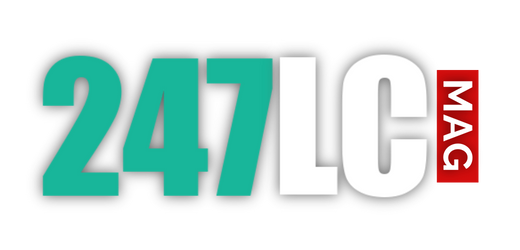Protective Styling: 3 Tips To Keeping Your Natural Hair Healthy And Thriving
By: Sydni Hatley
Natural hair and understanding its needs are a large part of promoting black hair care. Our hair is a lot more fragile and sensitive than most think, and therefore requires more attention. There are specific products and methods intended to promote the health and wellness of it, and if not followed it can be to our hair’s detriment.
Protective styling is just one aspect of a lot of actions that can be taken to promote the health of African American hair. Not only are we taking care of it, but we are also expressing ourselves in the process of nurturing our crowns.
Protective styling is useful all of the time, but it is especially useful in cold weather or the winter time. The dry air from cold, harsh weather easily dries out the hair shaft, depriving it of moisture. This inevitably makes the hair more susceptible to breakage. Some methods of protective styling include but are not limited to: Wigs, braids, twists, faux locs, buns, phony-pony tails, and more.
The main benefit of protective styling is that it keeps in the moisture you infuse before you put it up. The hair is wrapped around itself and insulated for the duration of your hairstyle, and therefore it is kept healthy!
With protective styling being as beneficial it is, the prep for it is just as important. Without good preparation, a protective style placed on improperly prepped hair will only be housing an unhealthy crown. With that said, this coupled with leaving it in such a state for weeks on end is simply a recipe for disaster. In light of these things. listed below are some key tips to keep your natural hair healthy and thriving under that wig, in those braids, or tucked in that bun!
1. Deep Condition on the Day Before Styling
This will help reinforce the moisture and hydration necessary to keep the hair healthy, since it will be put away for an extended period of time.
2. Get Your Oils Right!
Not all natural hair is made equally, meaning that not all natural hair is the same. Some natural hair requires more moisture while others require less. Some may respond well to heavier oils, while others may react negatively. Learn what oils your hair likes and make sure to oil up before you put your style in.
3. Trim Those Ends: Let Go To Grow!
It doesn’t hurt to do a nice trim before putting your hair up for a month or two. Gage your hair’s health and see if your ends need assistance. Usually a quick trim will help bring it to life, and promote growth within the protective style.
These are only a few pieces of advice that will help keep your hair happy while it is put away. You’ll be astonished how much it grows when it is left alone and unexposed! Remember, having it put up is just as important as letting it breathe and having it out, so make sure to have a balance of both. There are other protective styles that don’t involve fake hair or excess manipulation, and that can still give your hair a break (i.e. flat twists, individual twists, natural braids). Remember if anything, that the biggest keys to healthy hair for any and all protective styles, however, is moisturizing, using proper products, and a good trim!








Topicals is challenging conventional beauty standards and fostering a more inclusive approach to skincare. We discuss it here!